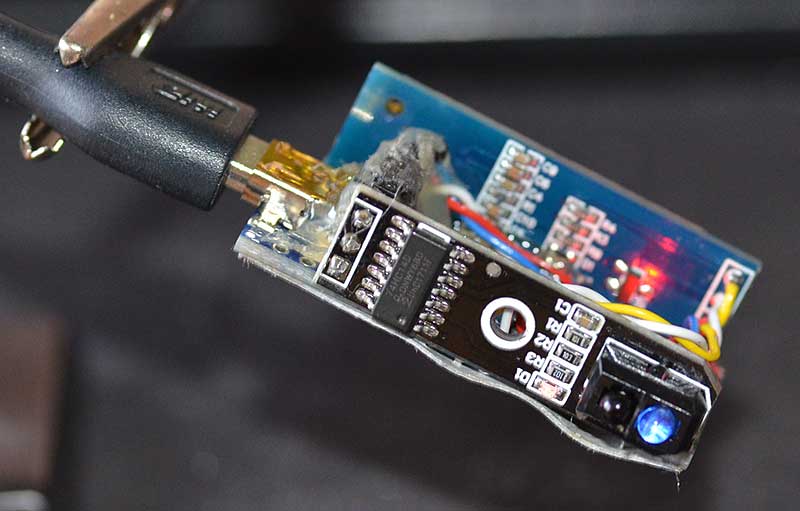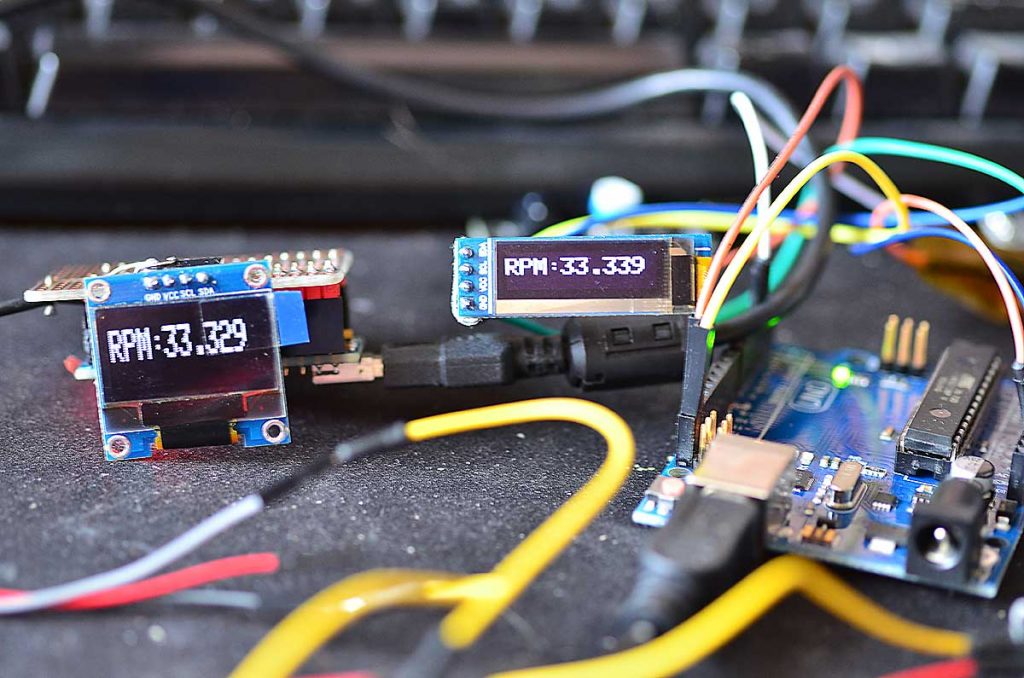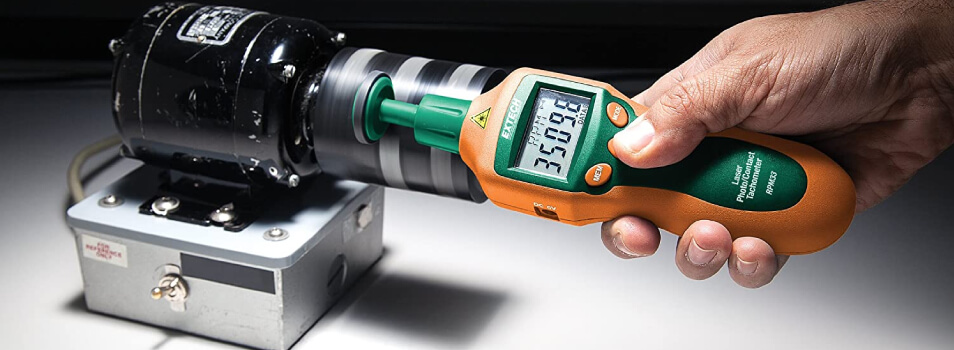Using a handheld tachometer can initially seem daunting, especially for those new to measuring rotational speed. However, with a little guidance, it’s an easy and incredibly useful skill to master. In this article, we will explore how to effectively use a handheld tachometer, ensuring you get precise measurements every time.

What is a Handheld Tachometer?
A handheld tachometer is a portable device used for measuring the rotational speed of an object in terms of revolutions per minute (RPM). It is widely used in various industries, including automotive, manufacturing, and engineering.
Types of Handheld Tachometers
Contact Tachometers
These tachometers require physical contact with the object being measured. They typically have a wheel or a tip that touches the rotating part.
Non-Contact Tachometers
Non-contact tachometers use a laser or optical sensor to measure RPM without physical contact. They are ideal for high-speed measurements and when contact could alter the object’s performance.
Why Use a Handheld Tachometer?
Handheld tachometers are essential tools for many professionals. They provide accurate and quick measurements, help in diagnosing mechanical issues, and ensure machinery operates within safe limits.
Parts of a Handheld Tachometer
Understanding the parts of a tachometer is crucial for its effective use. Common parts include the display screen, measurement tip (for contact tachometers), laser sensor (for non-contact tachometers), and control buttons.
Step-by-Step Guide: How to Use a Contact Handheld Tachometer
Step 1: Prepare the Tachometer
Ensure the tachometer is in good working condition. Check the batteries and calibrate if necessary.
Step 2: Set Up
Locate the rotational part you wish to measure. Clean the surface to ensure accurate readings.
Step 3: Taking Measurements
Press the measurement tip against the rotating part and read the RPM displayed on the screen.
Step-by-Step Guide: How to Use a Non-Contact Handheld Tachometer
Step 1: Prepare the Tachometer
Check the device’s batteries and ensure it is calibrated.
Step 2: Target Preparation
Apply a reflective tape or mark on the rotating part for accurate readings.
Step 3: Taking Measurements
Aim the laser at the marked surface and read the RPM on the tachometer’s display.
Best Practices for Accurate Readings
Maintain a Steady Hand
Keep your hand steady to avoid fluctuations in readings.
Take Multiple Measurements
Consider averaging multiple readings to ensure accuracy.
Regular Calibration
Regularly calibrate your tachometer for consistent performance.
Common Applications of Handheld Tachometers
Handheld tachometers are used in various fields, such as automotive diagnostics, industrial machinery maintenance, and scientific research.
Maintenance Tips for Handheld Tachometers
Proper maintenance of your tachometer ensures its longevity. Clean the device regularly, store it in a protective case, and replace batteries as needed.
Troubleshooting Common Issues
Inaccurate Readings
Check for dirt on the measurement tip or the reflective mark.
Device Not Turning On
Replace the batteries and ensure proper installation.

FAQs
What is a handheld tachometer used for?
A handheld tachometer is used to measure the rotational speed of an object, typically in RPM.
How do I know if my tachometer is accurate?
Regular calibration and multiple readings can help ensure accuracy.
Can handheld tachometers measure high speeds?
Yes, non-contact tachometers can measure very high speeds effectively.
For more detailed information, you can refer to this comprehensive guide.
Here are some additional resources for you:
